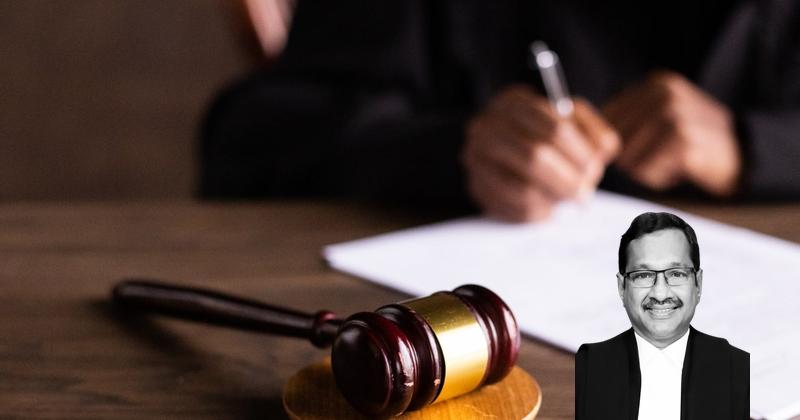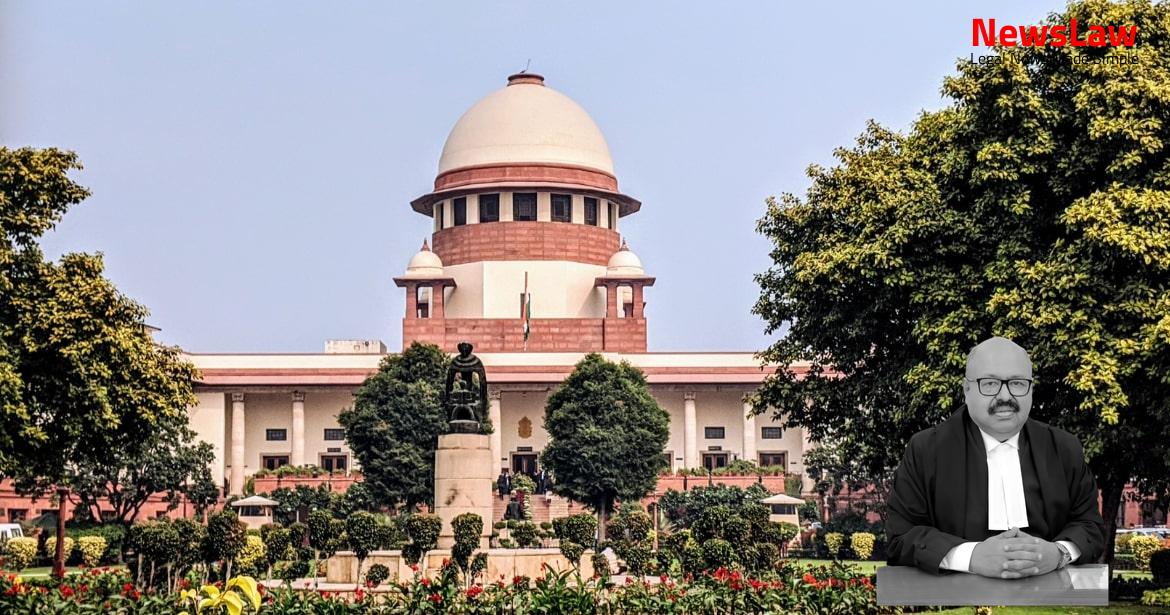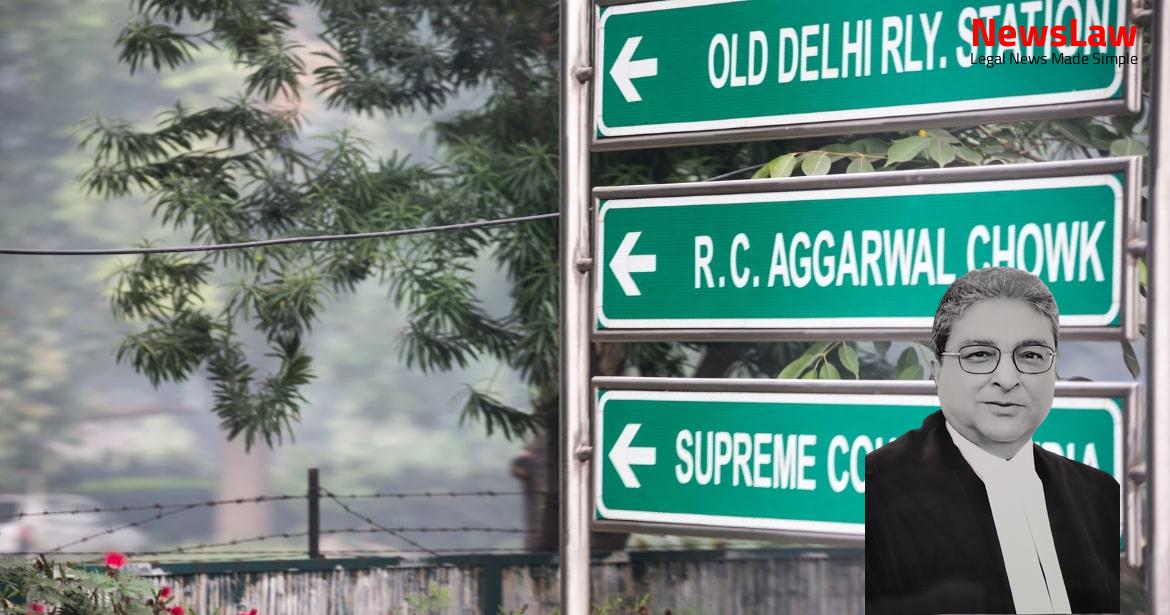The Additional Sessions Judge, Special Court NDPS, Jaora, District Ratlam, Madhya Pradesh, convicted the appellant and sentenced him to undergo rigorous imprisonment for 10 years. Of these witnesses, the public witnesses, namely, P.W.2, P.W.3, P.W.4 and P.W.6 turned hostile.
Also Read: https://newslaw.in/supreme-court/admissibility-of-dying-declarations-a-case-study/
SCOPE OF SECTION 52A OF THE NDPS ACT, 1985:
Section 52A of the NDPS Act “52A. (2) Where any narcotic drugs, psychotropic substances, controlled substances or conveyances has been seized and forwarded to the officer-in-charge of the nearest police station or to the officer empowered under Section 53, the officer referred to in sub- section (1) shall prepare an inventory of such narcotic drugs, psychotropic substances, controlled substances or conveyances containing such details relating to their description, quality, quantity, mode of packing, marks, numbers or such other identifying particulars of the narcotic drugs, psychotropic substances, controlled substances or conveyances or the packing in which they are packed, country of origin and other particulars as the officer referred to in sub-section (1) may consider relevant to the identity of the narcotic drugs, psychotropic substances, controlled substances or conveyances in any proceedings under this Act and make an application, to any Magistrate for the purpose of— ( a ) certifying the correctness of the inventory so prepared; or ( b ) taking, in the presence of such Magistrate, photographs of such drugs, substances or conveyances and certifying such photographs as true; or ( c ) allowing to draw representative samples of such drugs or substances, in the presence of such Magistrate and certifying the correctness of any list of samples so drawn.
(4) Notwithstanding anything contained in the Indian Evidence Act, 1872 (1 of 1872) or the Code of Criminal Procedure, 1973 (2 of 1974), every court trying an offence under this Act, shall treat the inventory, the photographs of narcotic drugs, psychotropic substances, controlled substances or conveyances and any list of samples drawn under sub-section (2) and certified by the Magistrate, as primary evidence in respect of such offence.” 4 4.
Section 52A of the NDPS Act is a mandatory rule of evidence which requires the physical presence of a Magistrate followed by an order facilitating his approval either for certifying an inventory or for a photograph taken apart from list of samples drawn. 2) After the Magistrate allows the application under sub-section (3) of section 52A, the officer mentioned in clause (1) above shall preserve the certified inventory, photographs and samples drawn in the presence of the Magistrate as primary evidence for the case and submit details of the drug consignments to the Chairman of the Drug Disposal Committee for a decision by the committee on the disposal. (iv) Such quantities of drugs, if any, as required by the Chief Controller of Factories under clause (iii) shall be transferred to him and the remaining quantities of drugs shall be destroyed as per the procedure outlined in para 4.1.2. A certificate of destruction (in triplicate) containing all the relevant data like godown entry number, gross and net weight of the drugs seized, etc., shall be prepared and signed by the chairman and members of the Drug Disposal Committee as per format at Annexure 3.
In any case a notification issued in derogation of the powers conferred under sub-section (1) of Section 52A of the NDPS Act can never contradict the main provision, particularly sub-Section (2). Another important factor which must be borne in mind is as to whether such directions have been issued in terms of the provisions of the statute or not. Clearly, there has been no substantial compliance with these guidelines by the investigating authority which leads to drawing of an adverse inference against them to the effect that had such evidence been produced, the same would have gone against the prosecution.
Omission on the part of the prosecution to produce evidence in this behalf must be linked with a second important piece of physical evidence that the bulk quantity of heroin allegedly recovered indisputably has also not been produced in court.
Law requires that such an authority must flow from an order passed by the Magistrate.
Even if it is accepted for the sake of argument that the bulk quantity was destroyed, the samples were essential to be produced and proved as primary evidence for the purpose of establishing the fact of recovery of heroin as envisaged under Section 52-A of the Act. … In the trial it was necessary for the prosecution to establish by cogent evidence that the alleged quantities of charas and ganja were seized from the possession of the accused. This implies that no sooner the seizure is effected and the contraband forwarded to the officer-in-charge of the police station or the officer empowered, the officer concerned is in law duty-bound to approach the Magistrate for the purposes mentioned above including grant of permission to draw representative samples in his presence, which samples will then be enlisted and the correctness of the list of samples so drawn certified by the Magistrate.
Also Read: https://newslaw.in/supreme-court/dismissal-of-application-seeking-bail-relief/
Be that as it may, a conflict between the statutory provision governing taking of samples and the Standing Order issued by the Central Government is evident when the two are placed in juxtaposition. The memorandum of informer’s information dated 20.05.2010 exhibited under P-3 indicates signature of two witnesses, P.W.2 and P.W.6, both of them turned hostile. There is no material produced in the trial, apart from the interested testimony of the police officers, to show that the charas and ganja were seized from the possession of the accused or that the samples sent to the Forensic Science Laboratory were taken from the drugs seized from the possession of the accused.
The High Court relied on Section 465 CrPC to hold that non-production of the material object was a mere procedural irregularity and did not cause prejudice to the accused. Against this background, to say that, despite the panch witnesses having turned hostile, the non-examination of the investigating officer and non-production of the seized drugs, the conviction under the NDPS Act can still be sustained, is far-fetched.” (emphasis supplied) 12.
Case Title: MANGILAL Vs. THE STATE OF MADHYA PRADESH (2023 INSC 634)
Case Number: Crl.A. No.-001651-001651 / 2023



